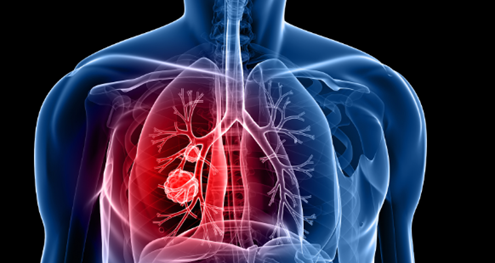Provision of an accessible virtual clinic – Clinitouch – providing monitoring of chronic disease management and education to patients all within a mobile device at home, using video conferencing and messaging.
Clinicians were provided with real-time visibility of their most at-risk patients through provision of advanced warning of potential deterioration by vital signs monitoring and alerts for poor air quality. Particular focus on COPD where air quality management is of exceptional value in managing the condition.
More information about Clinitouch can be found here
What is the problem to be solved?
Managing long-term conditions is a significant burden for individuals involved and a significant expense to health services. The NHS spends over £75 billion every year on taking care of people with long-term conditions. Patients who suffer from long-term conditions such as heart failure, respiratory disease and others need regular monitoring to capture data that will enable clinicians to provide a better level of care.
In the UK alone, 1.2 million people are diagnosed with COPD, with in excess of 140,000 unscheduled hospital admissions and 30,000 deaths per year. We know that poor air quality contributes to morbidity and mortality, and is estimated to cost around £200 million per annum in health and social care services.
What is the solution to the problem?
The goal was to add Earth observation data into an existing remote monitoring platform – Clinitouch – that was user-friendly and easy for patients to understand and apply to their everyday lives.
The data includes:
• Data from the Copernicus Atmosphere Monitoring Service (CAMS) – used for a range of chemicals including NO2, O3, PM2.5 and PM10. These inputs are critical to informing surface concentrations of key pollutants.
• Direct L3 NO2 data from Sentinel 5P to enhance regional import estimates within the air quality modelling.
• Meteorological data (EUMETSAT via ECMWF) contributing vital wind vector information to enable pollution dispersion to be accurately calculated.
• A satellite-enhanced digital elevation model is used to provide surface feature information (including buildings and trees).
Commercial model (Business Case)
Clinitouch has many applications and has live projects across a range of health conditions. The potential savings and efficiencies of using Clinitouch to manage patients with COPD are illustrated through just one of the current case studies in Leicester, with descriptions of the nature of the impact then, in brackets, the Leicester example results:
• Patients on oxygen: stay in hospitals reduced by a mean of 10 days (66 patients, £350K saving)
• Patients not on oxygen: stay in hospital reduced by mean of 2.2 days (244 patients, £285K
• 50% reductions in readmissions (£40k saving)
Cost of provision of service in Leicester, including training staff, £52K leading to overall saving of £622K
Overall, Clinitouch, when used alongside clinical health coaching, has achieved a 67% reduction in unscheduled COPD admissions & saving of £2,278 per patient. There are 1.2 million people affected by COPD in the UK
The average total annual per patient cost of COPD management, excluding medications, was £2,108 for all patients and £1,523, £2,405, and £3,396 for patients experiencing no, one, or two or more moderate-to-severe exacerbations, respectively.
The total annual direct healthcare costs for people with COPD including moderate and severe exacerbation costs and maintenance costs were projected to increase from £1.50 billon (1.18–2.50) in 2011 to £2.32 (1.85–3.08) billion by 2030.
Benefits
Benefits of remote patient monitoring:
• Reduces the burden on healthcare systems, including admissions and re-admissions
• Increases clinical capacity through more proactive, informed interventions
• Empowers patients to self-manage, so they can be more aware of when to seek help
• Provides a more convenient route to access care
• Technology that enhances patient-doctor relationship rather than replacing it
• Care for the right patients, in the right place and at the right time
• Avoids unnecessary travel, helping to reduce CO2 emissions
• More efficient use of clinical resources, especially when health systems are under pressure
Lessons Learnt
• DO ensure your remote patient monitoring technology is flexible to meet the specific needs of your project
• DO ensure your clinical team is engaged as early as possible, and identify clinical champions who can help to embed new technology
• DO ensure thorough training and support is available, so clinicians feel confident in using technology. Confident clinicians lead to confident, engaged patients
• DO work collaboratively with other organisations – no-one can do it alone
• DON’T assume patients are unable to use technology because of their age or other factors, the average age of a Clinitouch user is 77 years old
• DON’T wait until you’ve launched to consider evaluation, this should be baked into your early design phase
• DON’T just assume clinicians will want to use technology, you need to pitch it to them based on the benefits to them
If you’re ready to embark on a connectivity project, we can point you to the suppliers with expertise in your sector.




